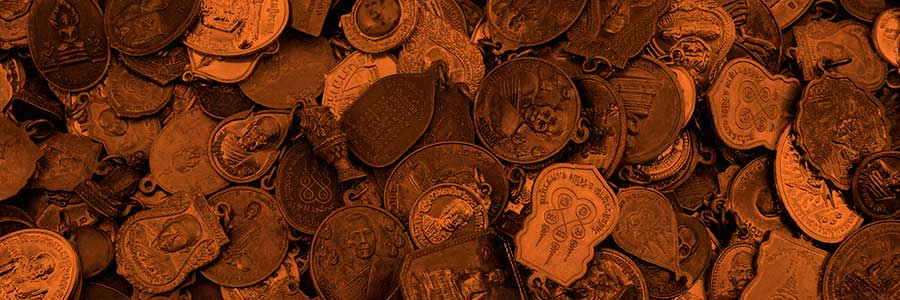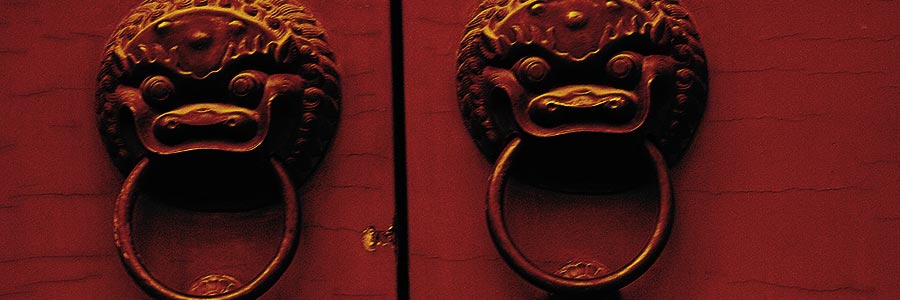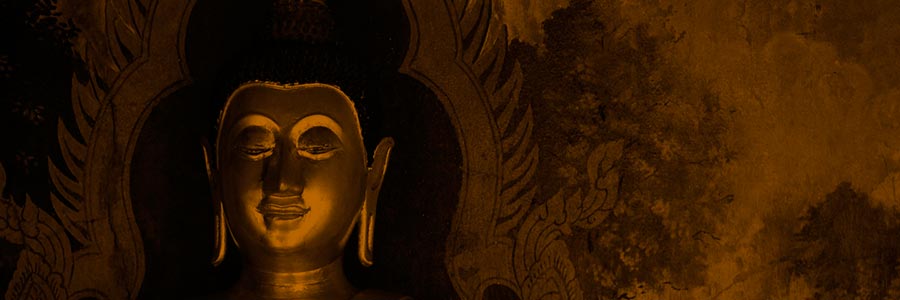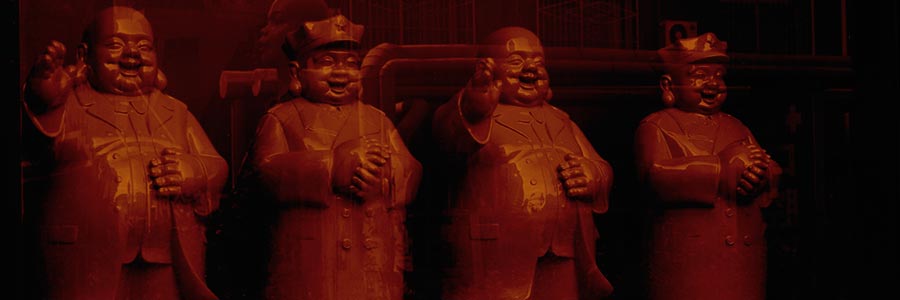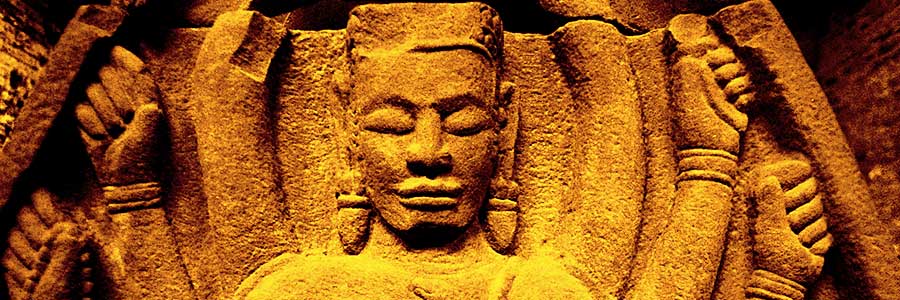My Third Time In Thailand
In January 2011, I returned once again to Thailand. As before I flew into Bangkok and booked a room in Chinatown, my favourite neighbourhood in the city.
My main objective on this trip was to visit Laos. Back in 2008 I had spent a hurried few days in southern Laos. I had cut through that part of the country on my way from Vietnam back to Thailand. Unfortunately I had little time to spend in Laos because my return date back home from Bangkok was fast approaching .
Before journeying on to Laos I took a day trip from Bangkok to Lopburi, Thailand. Lopburi is famous for being a town where monkeys and people coexist peacefully together. Most of the time anyway.
The monkeys of Lopburi belong to a species known as Crab-Eating Macaques. They have free reign over the city. Not only is their presence just tolerated, they are regularly fed by the local people . In fact, since 1989 there has been an annual Monkey Festival held in November in honour of the simian residents of Lopburi. A huge, elaborate feast is laid out for them. In addition to tons of fresh fruit, cakes and ice cream, sticky rice and other treats are set out for the macaques to help themselves to. As the macaques throw themselves on the piles of succulent treats, mayhem ensues. They gorge themselves with abandon. They often also resort to food fights with each other. Imagine the mess they must create. I wish I had been in Lopburi to witness the Monkey Festival.
Monkeys have an honourary place in Thai culture because they are associated with the brave deeds attributed to the monkey-headed Hindu god Hanuman. Because of this, they are thought to bring good luck. This helps to explain why macaques get the red carpet treatment in Lopburi.
Read The Full Post